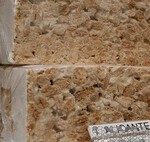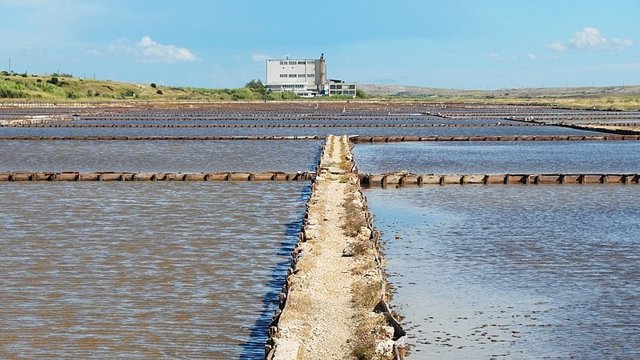seawater desalination – WIKIMEDIA
Oct. 13 () –
Scientists at Osaka University have shown that electricity can be obtained from water with a high concentration of salt, like sea water.
Osmosis — the spontaneous movement of dissolved ions or molecules across a semi-permeable membrane when there is a difference in concentration between the two sides — can be harnessed to generate electricity. And the oceans are full of salt water, which can be used to help alleviate humanity’s growing demand for energy. Nevertheless, to be practical, this membrane must be very thin and highly selective to allow passage of ions, but not water molecules.
Now, a research team led by Osaka University’s Institute of Scientific and Industrial Research (SANKEN) has used conventional semiconductor processing technology to precisely control the structure and arrangement of nanopores in an ultrathin silicon membrane. Because these manufacturing methods have been around for decades, costs and design complexities have been minimized. Furthermore, the size and location of the pores could be precisely controlled.
“Whenever there is an imbalance situation, such as two tanks of water with different concentrations of salt, there is often the opportunity to convert this thermodynamic energy into electricity,” says first author Makusu Tsutsui.
With a single nanopore 20 nm in size, the device achieved a maximum energy efficiency of 400 kW/m2. However, the researchers found that adding too many nanopores to the membrane actually reduced the energy that could be extracted. The optimal pore configuration, 100 nm sized nanopores arranged in a grid one micrometer apart, produced an osmotic power density of 100 W/m2.
This was an important step in understanding how to design nanopore devices for the best power generation. “Many other research groups promise environmentally friendly ‘green’ energy, but we go one step further and we propose ‘blue’ energy based on ocean water that can be applied on an industrial scale,” says lead author Tomoji Kawai.
The study is published in Cell Reports Physical Scienceand future projects may include ways to scale up the devices for real-world testing.


![[Img #74664]](https://thelatestnews.world/wp-content/uploads/2024/12/James-Watson-The-controversial-genius-behind-the-double-helix-150x150.jpg)








![[Img #74664]](https://thelatestnews.world/wp-content/uploads/2024/12/James-Watson-The-controversial-genius-behind-the-double-helix-300x200.jpg)

